The cave is located in Contrada Scaloria, near the current Palazzetto dello Sport, in the immediate northern suburb of Manfredonia in the province of Foggia.
Of particular interest is the lower part of the cave, site of an ancient cult of the waters. The area was investigated in 1967 but only after the excavations of 1979, carried out in the upper part of the cave, was it possible to give a more complete interpretation of the finds.
Numerous vases were found in various areas of the cave, with a maximum concentration in the lower part, where there was a flat area with a central rectangular basin carved into the rocky bottom, measuring 90x50x15 centimetres, which continued to collect the water dripping from the vault above. In the vicinity of this basin, a large hearth was found with evident meal remains, demonstrating that this area had been one of the main resting places for Neolithic visitors to the cave. Further vases were arranged around a stalagmite broken in ancient times, the upper part of which lay on the bottom of the cave and whose base section retained traces of a vase originally placed on it; other vases were found within a couple of meters around the stalagmite stub, often shattered and scattered on the ground, for which it was assumed that they were originally placed directly on the rocky bottom. For the latter it is not clear whether they too were intended to receive the dripping waters of the cave or whether they were dedicated to containing votive offerings. These findings have led to the hypothesis of a ceremonial connected to a particular cult dedicated to the dripping waters, a sort of "exceptional cult" connected to "exceptional" climatic conditions that probably arose at that time in the Tavoliere, such as to stimulate requests for mediation to the divinity, believed capable of making water flow from the rock. It is very difficult to precisely reconstruct ritual or cultic practices referring to such ancient periods only on the basis of clues and archaeological data, one can only try, with all limitations, to intuit the expressions of a religious thought certainly much more complex than attested archaeologically.
In the final part of the cave some small lakes have been identified, where, however, no archaeological material has been found; the only discovery is that of a human skeleton in a sitting position with legs stretched out and a fracture in the neck of the femur, for which an accident has been hypothesized and that the man remained stuck in place given the difficulty of ascent. Santo Tinè, the archaeologist who was the first to carry out systematic investigations at the site, believed that these lakes had a function in worship, even if it is established that only one of them, the one located in the terminal part of the cave, was present at the time, while the others were of more recent training; the sacred character attributed by the Neolithic to the lake was in close connection with the artificial basin that seemed to reproduce the lake formation.
The ceramics found in the Scaloria Occhiopinto complex constitute an important reference point for the history of the Mediterranean Neolithic, so much so that the "Low Scaloria Style" was defined for the material found in the cult part, the low one, and "High Scaloria Style" for the material found by Quagliati in the upper part of the cave.
At the "Low scale style” belong to both vases decorated with simple red bands, and with margined bands with black motifs obtained in negative, a technique defined by Tinè as “erasing”, since, in the points where you do not want the black to adhere to the vase, it is spread a paste prepared with animal fat; subsequently, over the whole area to be decorated, the black color is spread which, during cooking, disappears by burning the underlying layer of fat where present, while in the parts where there is no fat the decoration appears, which is why it is called negative decoration. This style was also found in Raven Pass and catignano, in Abruzzo.
I "Scaloria style” was identified by Tinè as the one already found by Quagliati in the upper part of the cave, i.e. a ceramic figurine with red bands bordered by black lines that form meander, hook, full-colour decorative motifs. In this regard, Gimbutas, analyzing the ceramic finds and the decorative elements, proposed a very particular interpretation: "… the painted designs appear in a great variety of shapes: the dominant motif is a “V” (a triangle or a beak). This symbol appears in a multitude of combinations. We have counted over five hundred vases with this symbol. The “V” is known as the symbol of the Bird Goddess, beginning at least fifteen thousand years ago… In Scaloria symbolism it is evident that the “V” or “chevron” pattern is frequently intertwined with the snake and skin pattern of snake. This generally corresponds to finds from other areas of south-eastern Europe where bird goddesses and snake goddesses are widely represented. They are known as one or two deities. We can assume that the people of Scaloria worshiped a goddess in the form of a water bird or a snake…” (M. Gimbutas, 1981). And again, in the book "The language of the Goddess” (Milan 1990, page 222) writes: “... There were collected more than 1500 vases, intact or in fragments, painted with egg, plant, snake, triangle, hourglass, V and chevron motifs. Many rested at the base of the stalagmites at the end of the narrow cavern below. In the upper cave, adjacent to the entrance to the lower one, 137 skeletons were found, many of which in a collective burial and with traces of particular cuts at the base of the skulls. Perhaps the Mysteries of Death and Regeneration were celebrated there. The cycle of regeneration is reflected in the cave's uterine form, the life-giving water below, and the constantly forming stalagmites…” The complexity of the ceramic decorations was a stimulus for Gimbutas for a study on the symbolic system of the Neolithic societies of the Tavoliere, which the author placed in relation with the heritage of Balkan and Greek derivation.
In the upper part of the cave remains of burials were found, mainly Neolithic but also from the Metal Age. Five different types of treatment of the deceased have been identified:
- Single burials with grave goods, found during the Quagliati excavations in the 30s, with some intact vases in trichrome ceramic;
- Single burial without grave goods, found in the central part of the large room and attributable to an adult woman dated to 5322-5017 BC;
- Individual burial without skull of a child of about 5-7 years old, datable to 5463-5221 BC found towards the back wall of the large room;
- Secondary deposition of portions of skeletons;
- Collective secondary depositions consisting of disconnected remains scattered on the surface, some coming from complete skeletons and others the result of re-depositions, all dated to 5500-5200 BC In particular, for some bones there were signs of removal of residual soft tissues, generally carried out on fresh skeletal remains, i.e. within the first six months to one year after death. The tools used to carry out these stripping were also found in the cave.
The findings confirmed the hypothesis that the camerone Quagliati was used as a necropolis and that the human remains belonged to populations who lived in villages 15-20 km away who, first buried in another place, were unearthed by selecting particular bones, cleaned decomposing and subsequently buried in Scaloria together with objects of the deceased, a rite also found in ancient civilizations but for the first time in a European prehistoric civilization. Grotta Scaloria has therefore been identified as one of the most elaborate funerary and ritual complexes of the Italian Neolithic, as a probable destination of a cult pilgrimage by the communities settled in the entrenched villages of the Tavoliere. Details of the water cult: vases placed next to stumps of stalagmites broken (ph. S. Tinè, E. Isetti, 2013)
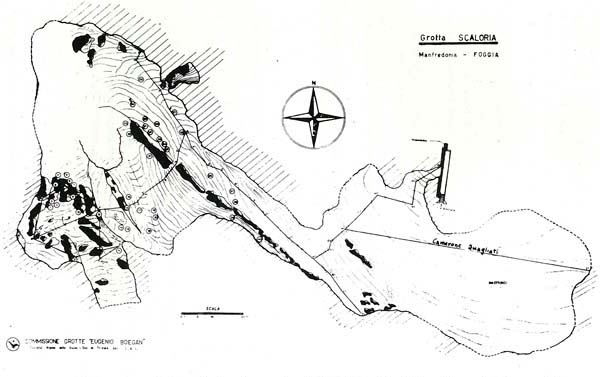

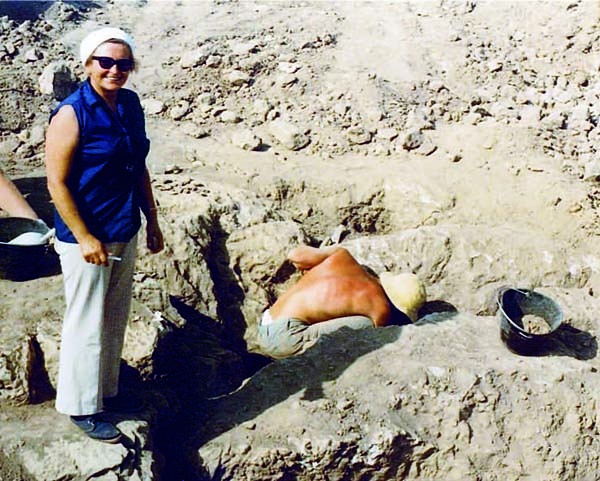
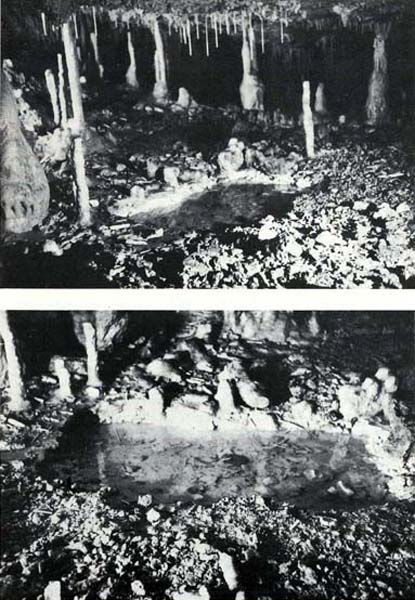
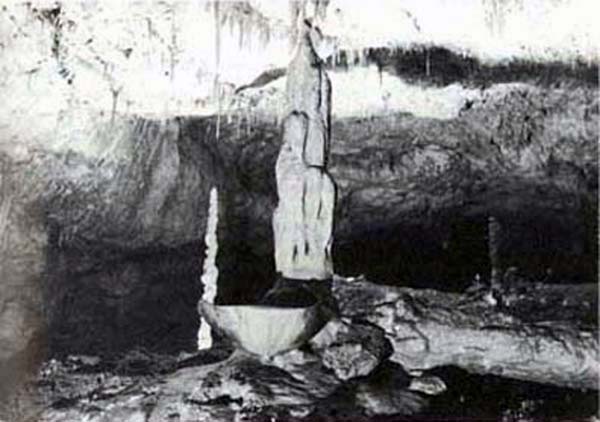
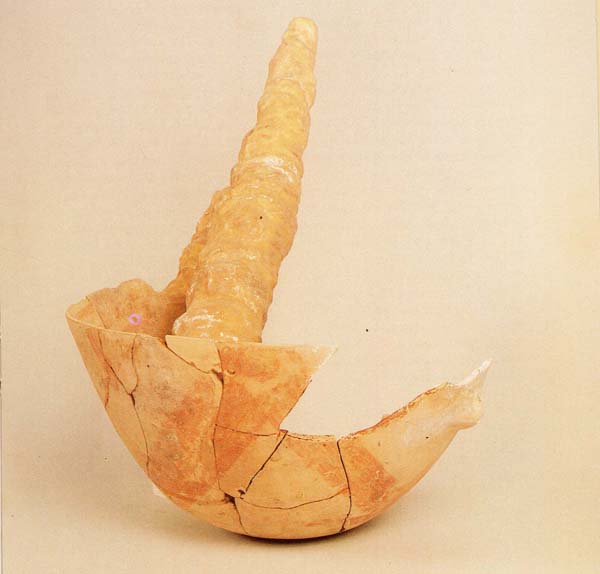
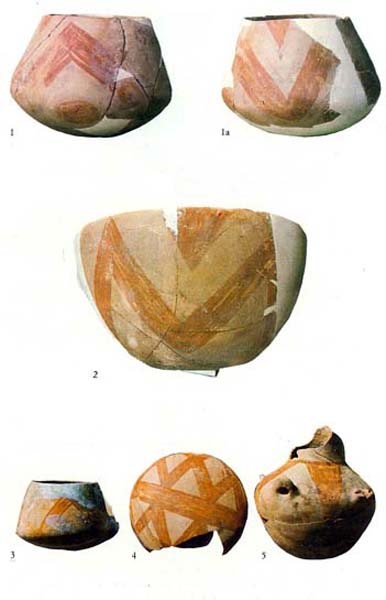

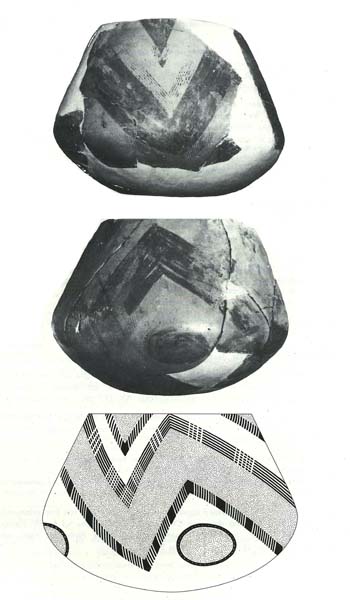
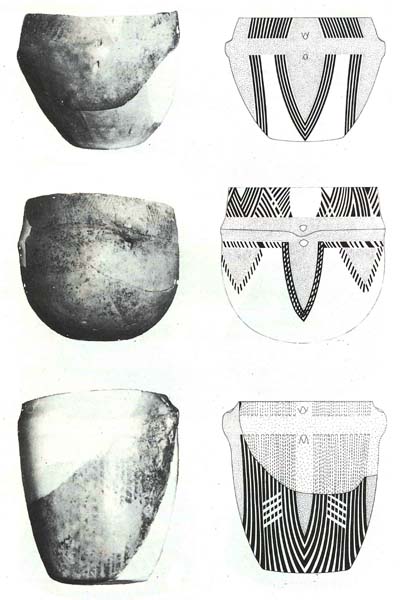
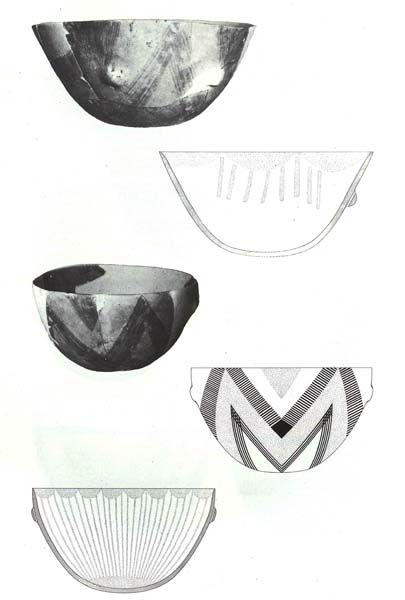
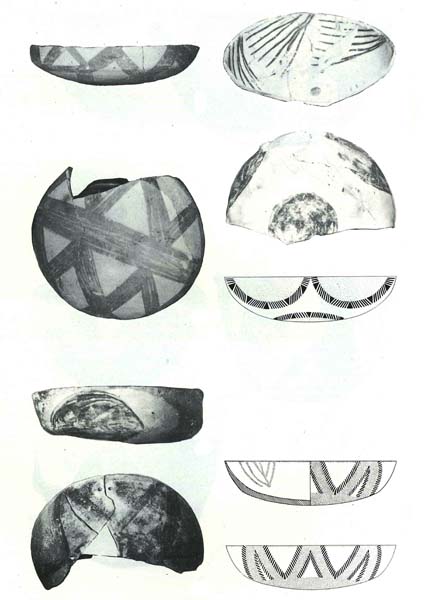

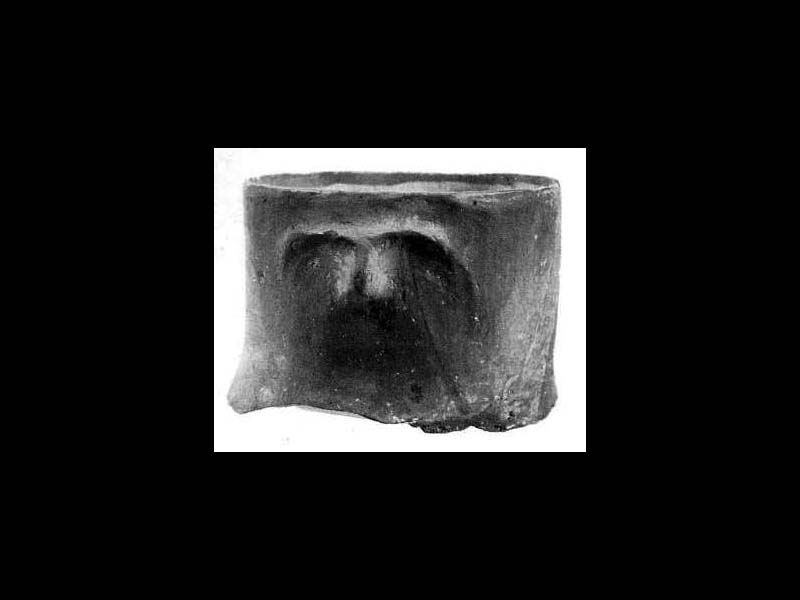

Historical notes
The historical information concerning the finds is described in the essay "The cult of bones in Grotta Scaloria".
CARD
LATEST PUBLISHED TEXTS
VISIT THE FACTSHEETS BY OBJECT

